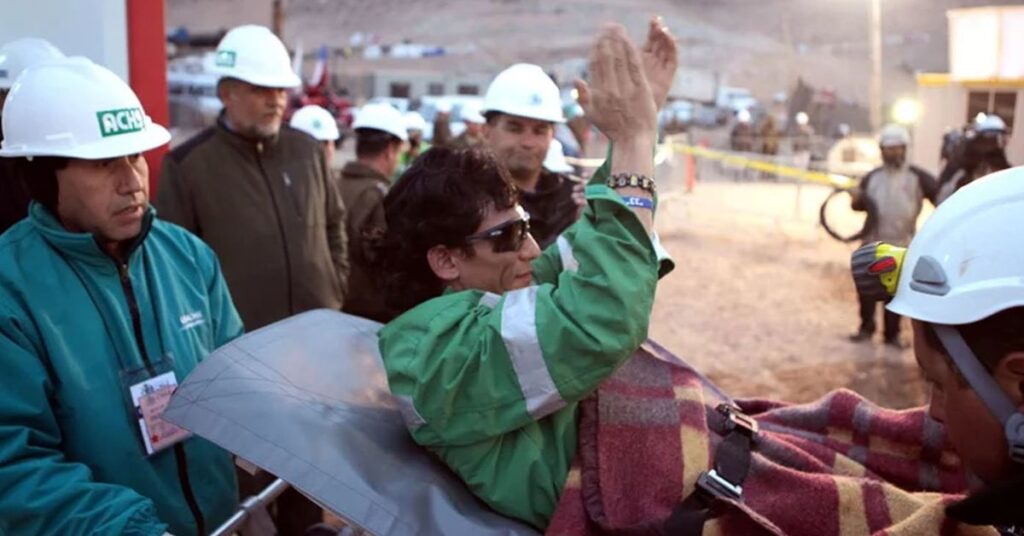
On October 13, 2010, the world watched in awe as the last of 33 miners trapped underground for a record-setting 69 days emerged to safety in Chile. This miraculous rescue unfolded at the San José copper and gold mine, located approximately 1000 kilometers north of Santiago. The miners’ ordeal began on August 5 when a catastrophic collapse in the upper galleries left them stranded 690 meters below the surface.
The miners quickly moved to an emergency shelter, where they discovered provisions meant to last only two days. Cut off from the outside world, they had no way of knowing if anyone was aware of their plight. Meanwhile, unbeknownst to them, 130 emergency workers were mobilized in a desperate attempt to reach them. However, hopes for a swift rescue were dashed when another cave-in blocked the path of the rescuers.
Survival Against the Odds
As days turned into weeks, the miners faced the daunting challenges of hunger, boredom, and oppressive humidity. To maintain a semblance of order and hope, they formed a mini society within their subterranean refuge. Each man took on a specific role, including a priest, a doctor, a poet, a TV presenter, and a foreman, creating a structured environment that helped sustain their morale.
However, hunger proved to be their most formidable adversary. Richard Villarroel, one of the survivors, later recounted the harrowing conditions to The Guardian:
“We were waiting for death. We were consuming ourselves … we were so skinny,” he said. “We were getting eaten up, as we were working. We were moving, but not eating well. We started to eat ourselves up and get skinnier and skinnier. That is called cannibalism, a sailor down there said. My body was eating itself up.”
For weeks, the miners rationed a single can of tuna among the 33 men, supplemented by a biscuit and a mouthful of water every 48 hours to conserve their meager supplies. This grim diet was their lifeline until rescuers managed to send down a probe capable of delivering more food, water, and messages from loved ones.
The Global Rescue Effort
The rescue operation captured the world’s attention, with more than 1 billion people following the unfolding drama. The Chilean government, alongside international experts, worked tirelessly to devise a plan to extract the miners. After weeks of painstaking effort, they constructed a missile-like escape capsule designed to pull each miner to safety one by one.
On the day of the rescue, each miner made the claustrophobic 15-minute journey to the surface, greeted by jubilant crowds and the embrace of family members. The operation’s success was celebrated globally, marking it as one of the most-watched television events in history.
Legacy and Lessons Learned
The rescue of the Chilean miners stands as a testament to human resilience and the power of international cooperation. It highlighted the importance of safety regulations in mining operations and spurred changes in industry practices worldwide. The miners’ story also served as a poignant reminder of the strength found in unity and hope during times of crisis.
In the years since the rescue, the miners have shared their experiences, offering insights into survival and the human spirit’s capacity to endure. Their story continues to inspire, serving as a beacon of hope for those facing seemingly insurmountable challenges.
The events of October 13, 2010, remain etched in history as a remarkable example of courage, determination, and the triumph of the human spirit over adversity.





